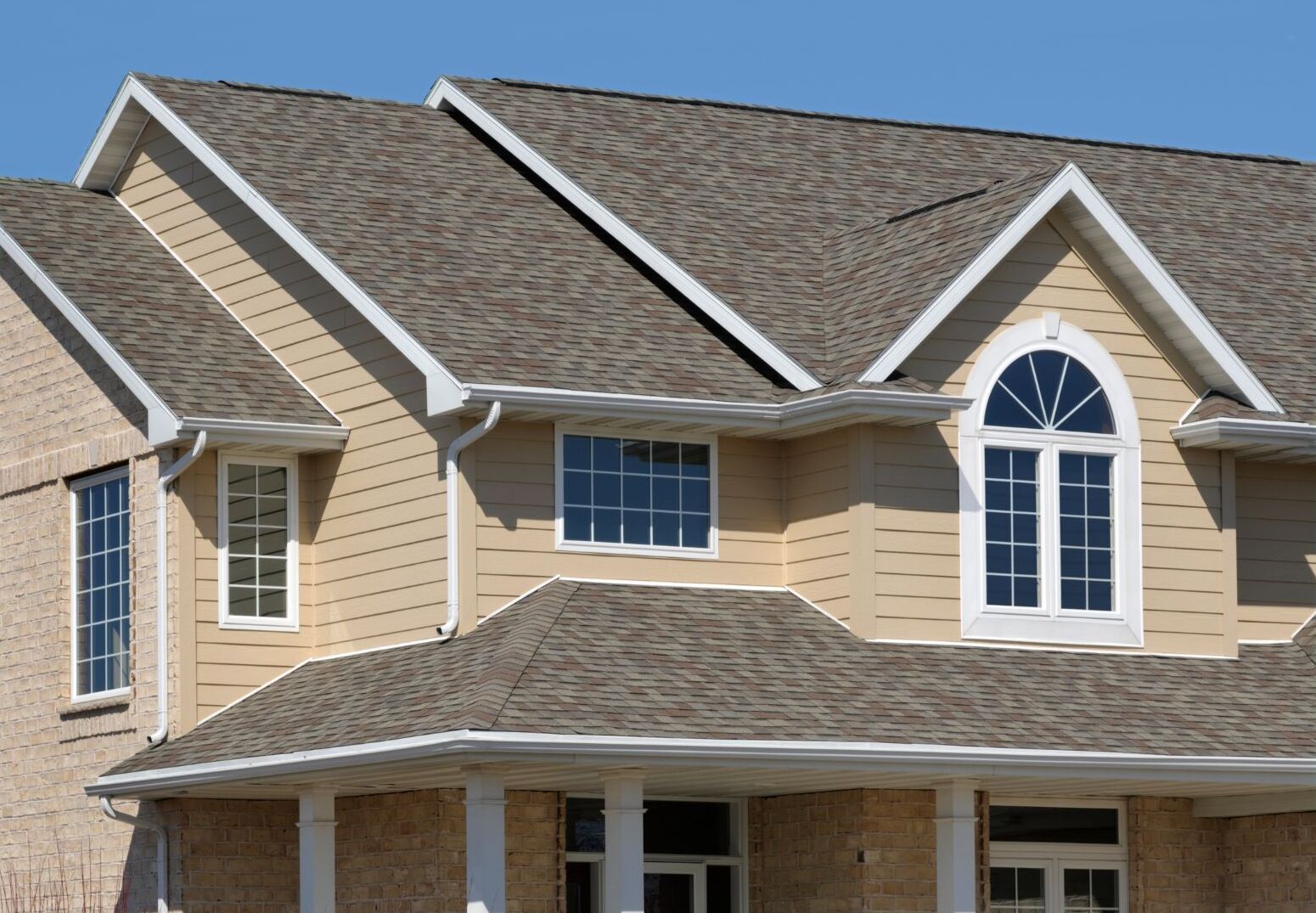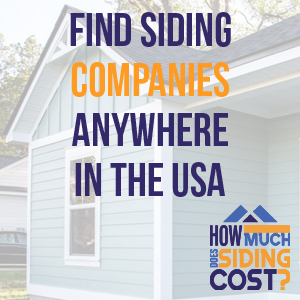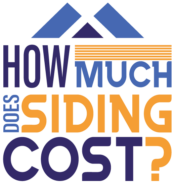
Top 10 Cost Saving Tips for Replacement Siding in 2023
Siding isn’t just the “clothing” of your home; it’s an essential barrier that protects against weather, improves insulation, and adds aesthetic value. As we progress through 2023, many homeowners are considering giving their homes a fresh look or addressing wear and tear by replacing their siding. But the cost can be substantial. Fortunately, with a bit of savvy and these top tips, you can save money on your siding replacement.
- Educate Yourself on Materials:
There are various siding materials available, each with its own cost and benefits.- Vinyl: Cost-effective and low maintenance.
- Wood: Offers a classic look but may require more maintenance.
- Fiber-cement: Durable and can mimic other materials but tends to be pricier.
- Metal: Durable with minimal maintenance but can be costly.
- Brick or Stone: Premium cost, but extremely durable. Understanding the pros and cons can help you make an informed choice fitting both your budget and aesthetic.
- Comparison Shop:
Obtain multiple quotes from different suppliers and contractors. Sometimes, prices can vary significantly between providers for the same product or service. - Consider Partial Replacements:
If only parts of your siding show damage or wear, consider partial replacement. It can be more cost-effective than redoing the entire facade. - Invest in Energy Efficiency:
While more energy-efficient options might cost more upfront, they can save money in the long run by reducing heating and cooling costs. Look for siding with good insulation properties. - Time It Right:
Contractors often offer discounts during off-peak seasons. Consider scheduling your replacement during the fall or late winter when demand might be lower. - DIY Demolition:
While professional installation is recommended for best results, you can save costs by removing the old siding yourself. However, ensure you understand the process to avoid damage. - Negotiate:
Everything is negotiable. Ask your contractor if there are any promotions, discounts, or if they can match a competitor’s price. - Maintenance Over Replacement:
Sometimes, a good cleaning or minor repairs can extend the life of your siding, delaying the need for a full replacement. Regular maintenance can also prevent more costly damages in the long run. - Opt for Local Materials:
Transportation can be a significant cost. By choosing materials manufactured closer to home, you not only save on these costs but also support local businesses. - Recycle Old Siding:
Depending on the material, you might be able to sell or recycle your old siding, helping offset some of the replacement costs.

Siding replacement is a significant investment in your home. However, by researching, planning ahead, and using the tips mentioned above, you can ensure that you get the best value for your money in 2023. Remember to prioritize quality, as cutting corners can end up being more expensive in the long run due to repairs and replacements.
How Much Does Replacement Siding Cost in 2023?
The cost of replacement siding can vary considerably based on the material, the region in which you live, and the intricacies of your particular home. However, getting a general sense of price per square foot and average home sizes can give you a ballpark figure for budgeting purposes.
Cost of Siding Per Square Foot
- Vinyl Siding: This is one of the most popular and economical choices, with costs ranging from $2 to $7 per square foot, depending on quality and brand.
- Wood Siding: Prices for wood siding can vary between $5 and $10 per square foot. However, premium choices like cedar can be higher.
- Fiber-Cement Siding: This versatile option can cost between $5 and $9 per square foot.
- Metal Siding: Aluminum or steel siding typically ranges from $3 to $10 per square foot.
- Brick or Stone: These are on the higher end of the cost spectrum, with prices between $10 and $25 per square foot, depending on the type and quality.
Average Square Footage and Cost Estimates
The average U.S. home is about 2,400 square feet. However, remember that not all of this square footage is covered in siding. For our purposes, let’s assume that approximately 75% of this space (or 1,800 square feet) requires siding.
Using the above siding costs per square foot, here’s a rough breakdown of what homeowners might expect to pay for different siding materials:
- Vinyl Siding: $3,600 (at $2/sq ft) to $12,600 (at $7/sq ft) for 1,800 square feet.
- Wood Siding: $9,000 (at $5/sq ft) to $18,000 (at $10/sq ft) for 1,800 square feet.
- Fiber-Cement Siding: $9,000 (at $5/sq ft) to $16,200 (at $9/sq ft) for 1,800 square feet.
- Metal Siding: $5,400 (at $3/sq ft) to $18,000 (at $10/sq ft) for 1,800 square feet.
- Brick or Stone: $18,000 (at $10/sq ft) to $45,000 (at $25/sq ft) for 1,800 square feet.

These are broad estimates, and actual costs can be influenced by various factors, including regional price differences, installation complexities, or additional features like insulation. Homeowners are encouraged to obtain several quotes from professional installers to get the most accurate cost assessment for their unique circumstances. But with these ballpark figures in hand, you have a starting point for understanding the potential investment involved in a siding replacement project for 2023.
What is the Most Cost Effective Replacement Siding Material?
When looking for the most cost-effective replacement siding, homeowners have to weigh the initial cost against long-term benefits. Some siding materials, while pricier upfront, can offer significant energy savings over time. Others are more affordable initially but might not have the longevity or the energy efficiency desired. Let’s dive into the details.
Vinyl Siding
- Initial Cost: One of the most affordable options on the market.
- Energy Efficiency: Some vinyl siding comes with insulated options which can aid in energy cost savings.
- Longevity: Generally lasts around 20 to 30 years with proper maintenance.
Wood Siding
- Initial Cost: A more premium option, but there’s a wide price range based on the type of wood.
- Energy Efficiency: Natural wood has inherent insulating properties, but it can also be a target for pests if not properly maintained.
- Longevity: Can last decades, but requires regular maintenance to prevent rot, insects, and other issues.
Fiber-Cement Siding
- Initial Cost: Pricier than vinyl but typically less than natural stone or brick.
- Energy Efficiency: Not particularly insulating on its own, but it’s durable against weather extremes.
- Longevity: With proper maintenance, can last upwards of 50 years.
Metal Siding (Aluminum or Steel)
- Initial Cost: Typically more expensive than vinyl but can vary based on type and quality.
- Energy Efficiency: Reflects radiant heat, which can be beneficial in warmer climates. Insulated metal siding can also be a more energy-efficient option.
- Longevity: Extremely durable with a lifespan of up to 50 years or more.
Brick or Stone Siding
- Initial Cost: Among the most expensive siding options.
- Energy Efficiency: Natural stone has excellent thermal mass, helping to stabilize indoor temperatures.
- Longevity: Can last a lifetime with minimal maintenance.

Which is the Most Cost-Effective?
For homeowners looking purely at initial costs, vinyl siding is the clear winner. However, for those considering long-term benefits like durability and energy efficiency, fiber-cement or metal siding might be more cost-effective in the long run. And while brick or stone has a higher upfront cost, its impressive lifespan and minimal maintenance can make it a wise investment for some.
The most cost-effective siding depends on individual priorities. Whether you’re looking at short-term savings, long-term durability, or energy efficiency will dictate the best choice for your home and budget. Always consider the potential energy savings and long-term durability when weighing the initial costs.
Finding a Reliable and Affordable Contractor for Replacement Siding
Deciding on the right siding material for your home is only half the battle. The actual installation is equally crucial, and for this, you’ll need a reliable and affordable contractor. Here’s why this step is paramount and how it affects the overall success of your siding project:
1. Expert Installation Ensures Durability A skilled contractor understands the intricacies of installing different siding materials. Proper installation ensures that the siding adheres well, offers maximum protection, and lasts for its expected lifespan. Even the best siding material can falter if not installed correctly.
2. Avoid Additional Costs Mistakes in siding installation can lead to added expenses. These errors might not be evident immediately but can surface over time in the form of leaks, drafts, or siding that warps or comes loose. Hiring a reliable contractor from the start reduces the risk of these costly issues.
3. Ensures Warranty Validity Most siding materials come with manufacturer warranties. However, many of these warranties become void if the installation isn’t carried out as per the manufacturer’s guidelines. A reputable contractor will be familiar with these guidelines and ensure that the installation doesn’t inadvertently void your warranty.
4. Provides Value for Money A contractor’s quote shouldn’t just be about the cheapest option. Instead, homeowners should look for value. An affordable yet experienced contractor will provide a fair quote without hidden fees, delivering quality work that stands the test of time.

5. Peace of Mind Knowing that your siding installation is in the hands of a trusted professional offers peace of mind. You won’t have to worry about overseeing every step of the process or fearing potential issues down the line.
6. Expert Advice and Recommendations Beyond just the installation, a seasoned contractor can provide insights and recommendations based on your home’s specific needs. This could include advice on the best siding material for your climate, tips on maintenance, or suggestions on design and aesthetics.
7. Time Efficiency A reliable contractor will have a team trained to complete the job efficiently. They’ll adhere to the agreed-upon timeline, ensuring that your home is not left exposed to elements for longer than necessary.
Tips for Finding the Right Contractor:
- Research and Reviews: Begin with online reviews, and don’t hesitate to ask the contractor for references. Previous customers can provide firsthand accounts of their experience.
- Verify Licensing and Insurance: Ensure the contractor is licensed to operate in your state and has valid insurance.
- Get Multiple Quotes: This helps you get a sense of the market rate and ensures you don’t end up paying more than necessary.
- Ask About Experience with Specific Materials: If you’ve chosen a less common siding material, ensure your contractor has experience installing it.
While the material choice is vital in determining the longevity and aesthetic of your siding, the contractor’s expertise is equally pivotal. Ensure you take the time to select someone reliable, experienced, and affordable to get the best results from your siding investment.

Understanding Replacement Siding Costs: Beyond the Basic Rates
When homeowners begin the journey of replacing their siding, they often focus primarily on the per-square-foot rate. However, a holistic understanding of siding costs entails looking beyond just the basic material price. Here’s a deeper dive into the comprehensive costs involved in a siding replacement project:
1. Labor Costs: While the material is a significant portion of the budget, labor can also be a major expense, especially if you’re opting for a siding that requires specialized installation techniques. Factors that can influence labor costs include the complexity of the project, local labor rates, and the time of year (with some seasons being busier for contractors).
2. Removal of Old Siding: Before the new siding goes up, the old one must come down. There may be fees associated with the removal and disposal of the existing siding, especially if the material contains hazardous substances, like asbestos.
3. Preparatory Work: Sometimes, the sheathing beneath old siding may be damaged or inadequate for new installation. Repairing or replacing this can add to the overall costs. Additionally, homes might need a weather-resistant barrier installed under the siding, further adding to the preparatory work costs.
4. Trim, Fascia, and Soffit: Often overlooked in initial estimates, these crucial components can elevate the appearance of the siding and protect vulnerable parts of the home. If these parts are damaged or outdated, they’ll need replacement or repair, affecting the overall budget.

5. Upgrades and Additional Features: From insulation boards to enhance energy efficiency to decorative elements like shutters or specific trims, upgrades and added features can increase the project’s total price.
6. Permits and Inspection Fees: Most municipalities will require homeowners to obtain a permit for siding replacement. The costs for these permits can vary significantly depending on the region. Some areas might also mandate post-installation inspections to ensure the work adheres to local building codes.
7. Unexpected Repairs: Once the old siding comes off, there might be unforeseen damage or issues lurking underneath, such as rot, mold, or structural concerns. Addressing these unexpected problems will add to the final bill.
8. Warranty or Service Agreements: Some contractors offer extended warranties or service agreements for an additional fee. While this will increase the upfront costs, it can offer peace of mind and potential savings in the long run.
To truly grasp the full cost of a siding replacement project, homeowners should consider all these factors. It’s always a good practice to budget a little extra for contingencies. By understanding the various elements that contribute to the overall expense, you can make informed decisions, prioritize spending, and ensure a successful and cost-effective home transformation.
